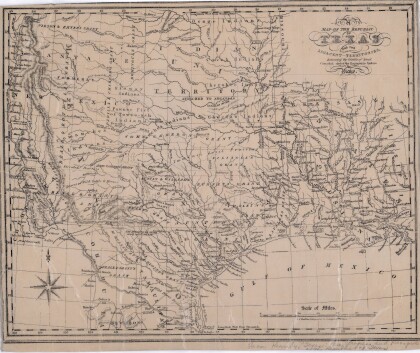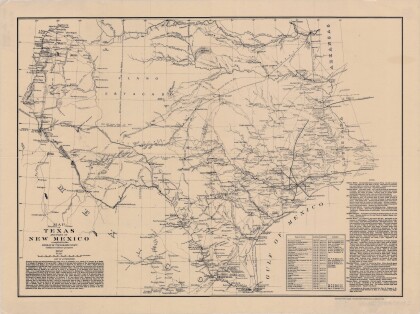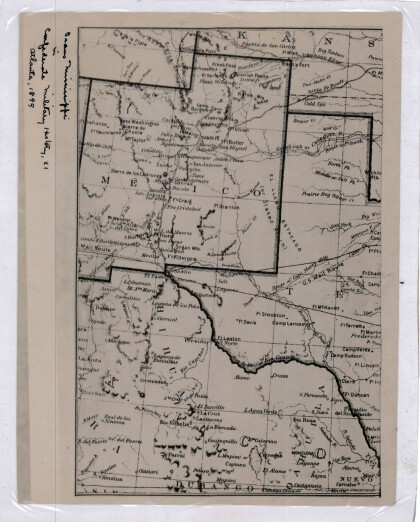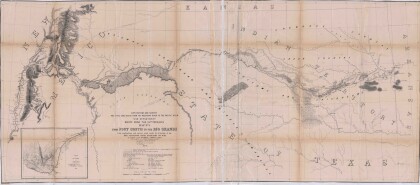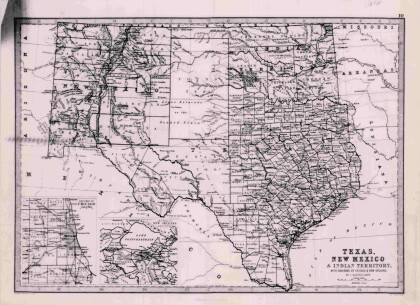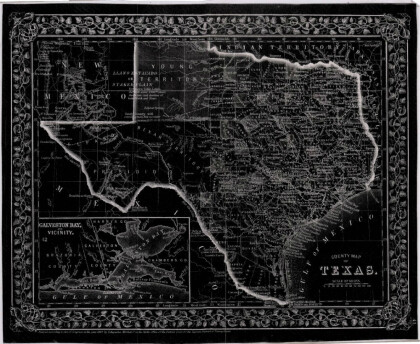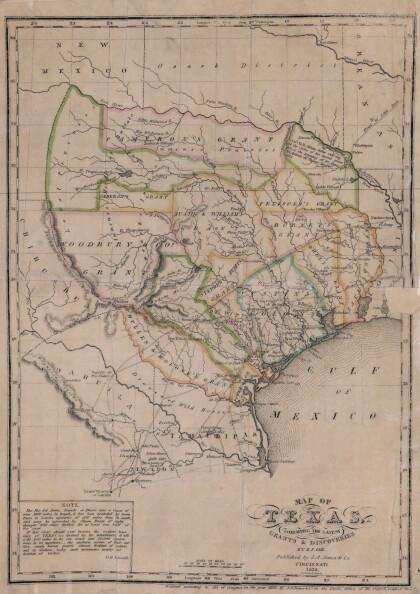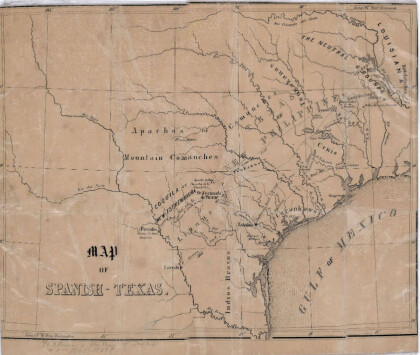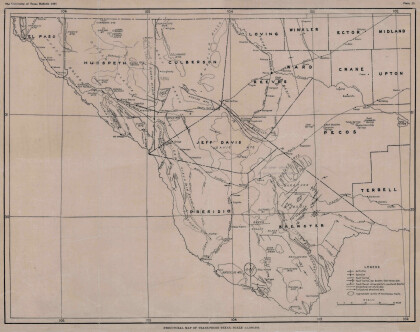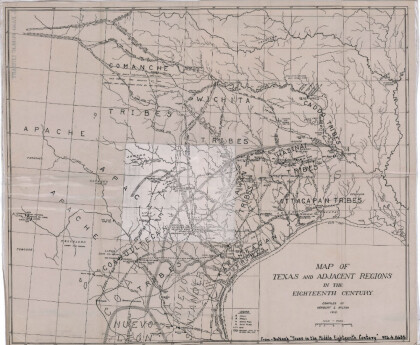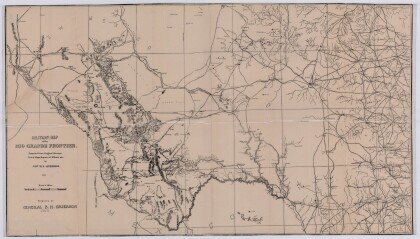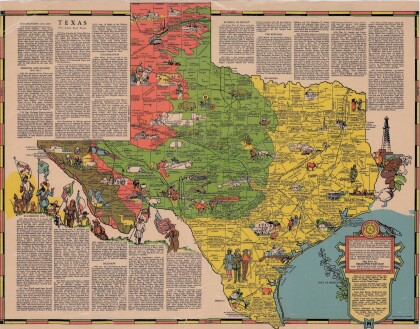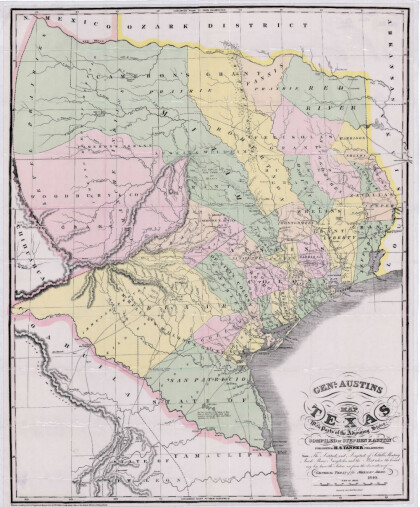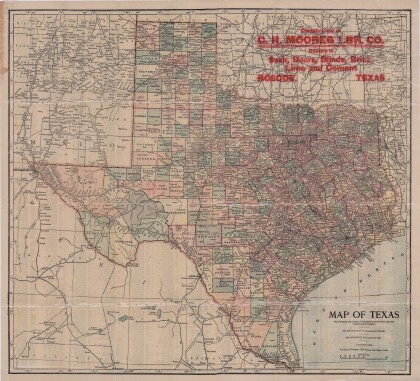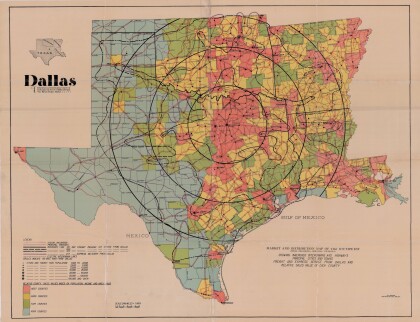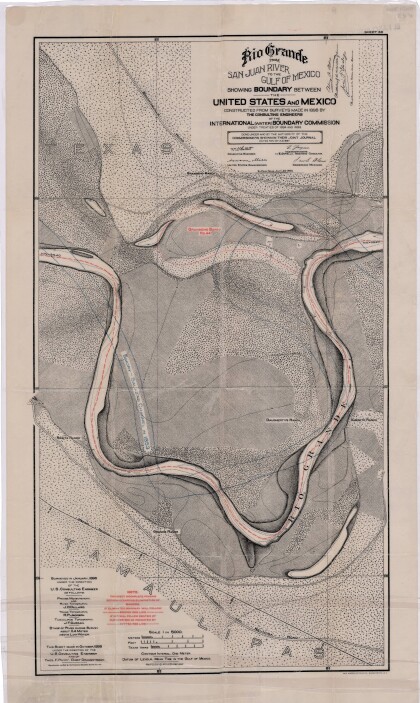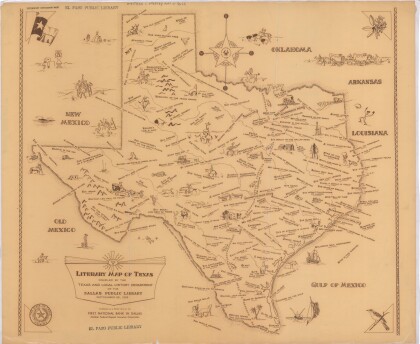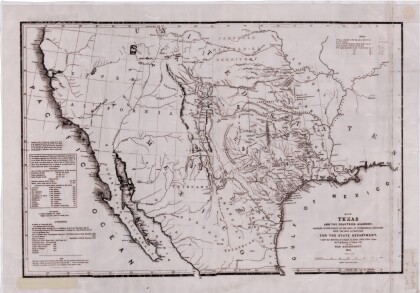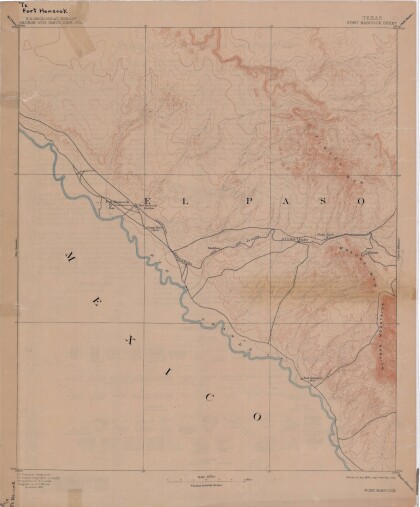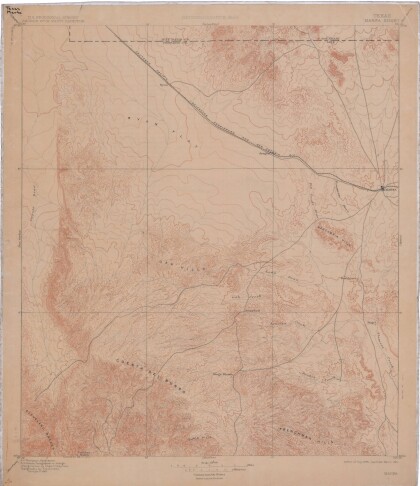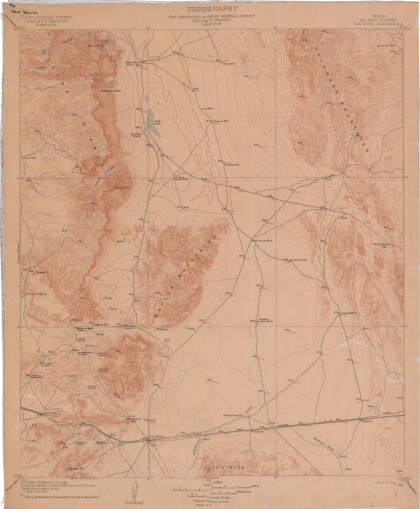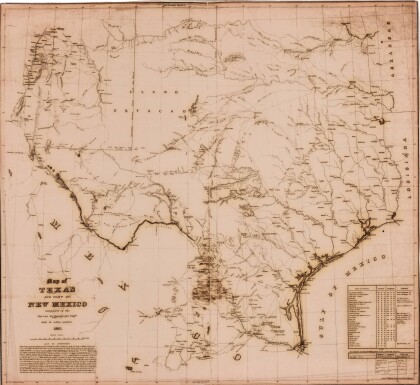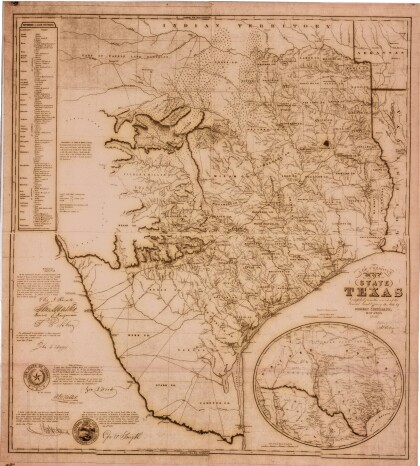Photograph from the 1920 Peace and Progress Excursion
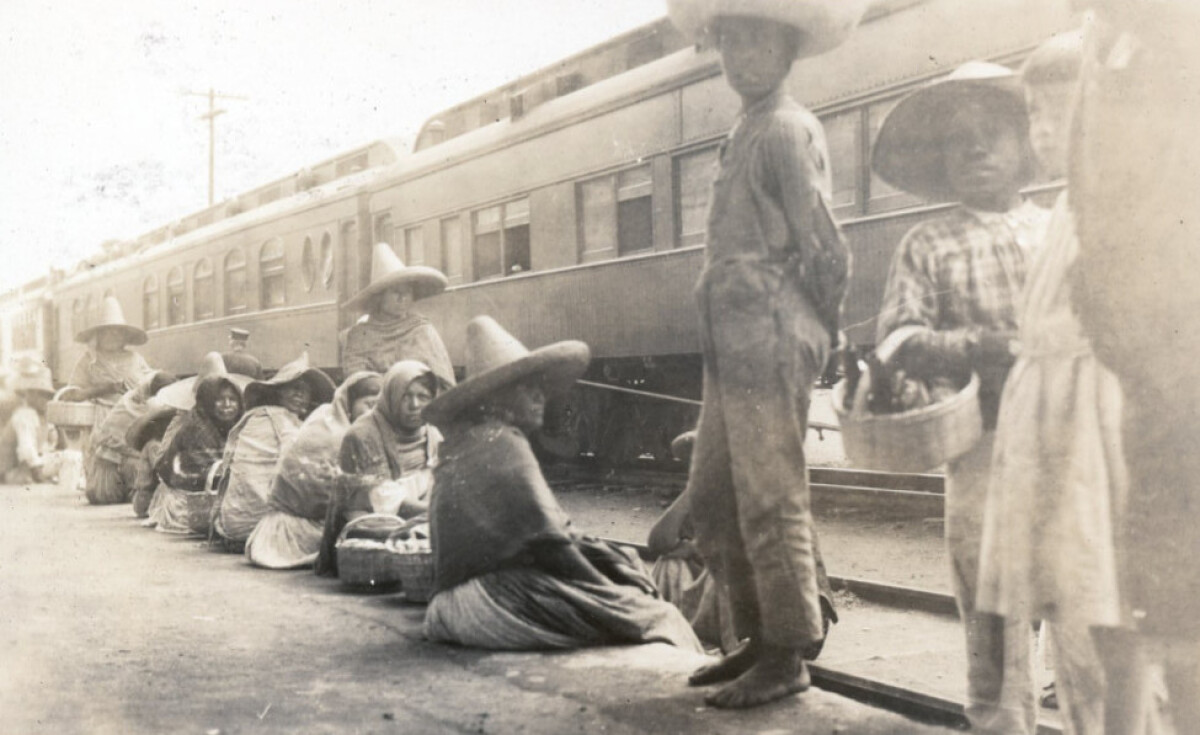
Photograph from the 1920 Peace and Progress Excursion
Peace and Progress Excursion to Mexico City, photo album (excerpt) 1920 59-341-1 In 1909, the Southern Pacific Railroad of Mexico was integrated into the greater Pacific Railroad in the United States. Railway operations increased travel from Mazatlán, Sinaloa in Southern Mexico to Nogales, Sonora in Northern Mexico, connecting with the Sunset Route in southwest United States directly into Arizona. This allowed railway travel to transcend borders causing a greater influx of people, goods, and commerce between the U.S. and Mexico. Making use of the newly connected railways, Mexican President Álvaro Obregón visited El Paso the first week of October in 1920 on his way to the International Fair in Dallas, Texas. He expressed his aspirations for international friendship and diplomatic relations between the two countries. As a result of Obregon’s visit the “Paz y Progreso” or “Peace and Progress” Excursions were commissioned by the Confederation of Chamber of Commerce. On October 10, 1920, the El Paso Chamber of Commerce set out for Mexico City by train. The trip entailed visiting a number of smaller towns on the way to Mexico City, such as Zacatecas and Aguascalientes. In January of 1921, the San Francisco Chamber of Commerce Peace and Progress Excursion traveled through California to Mexico by train to meet with President Álvaro Obregón. The Southern Pacific Railroad of Mexico was eventually sold to the Mexican government in 1951. The railroad boom of the 19th century ushered in a new and tranformative era for transportation, technology, and economy in America—one that swept the Paso del Norte region along with it. As the railroad industry flourished, El Paso began cultivating a unique economy and culture, one heavily influenced by its location along the border and the route between four major cities (Mexico City, Santa Fe, Los Angeles, and San Antonio). True to its name, El Paso became a gateway for the Southern half of the United States. In Tracks Across the Desert, we explore the people, groups, and railroad giants that shaped El Paso into the city it is today. This exhibit is generously funded by Union Pacific.
Report this entry
More from the same community-collection
Map of the Republic of Texas and the Adjacent Territories
Map of the Republic of Texas and adjacent territories indicating ...
New Mexico, Texas; Chihuahua, Mexico 1861-1865
Map of the borders between New Mexico, Texas and Chihuahua, ...
Map No. 1 from Fort Smith to the Rio Grande
Map of the route near the 35th parallel. Part of the ...
Texas, New Mexico, and Indian Territory
Map of Texas counties and New Mexico showing Indian Territories ...
Texas: Containing the Latest Grants and Discoveries
Map of Texas containing the latest grants and discoveries in ...
Structural Map of Trans-Pecos Texas
Map of the Trans-Pecos, Texas area; Outlines and lines are shown ...
Map of Texas and Adjacent Regions in the Eighteenth Century
Map of Texas and the adjacent regions illustrating missions, ...
Military Map of the Rio Grande Frontier
Military map of the Rio Grande frontier prepared from original ...
General Austin's Map of Texas with Parts of the Adjoining States
Colorful map of Texas highlighting the borders between states ...
Dallas: Industrial and Distribution Center of the Southwest
Colorful market and distribution map of the Southwest - Texas, ...
Rio Grande from San Juan River to the Gulf of Mexico
Map illustrates the Rio Grande from the San Juan River to the ...
Map of Fort Hancock, Texas circa 1915
Topographical map indicating the location of Fort Hancock and ...
Topography: the University of Texas Mineral Survey
Topographic map of the Van Horn quadrangle in Texas. Indicates ...
J. De Cordova's State of Texas
This geographical map of Texas was compiled from the records of ...
